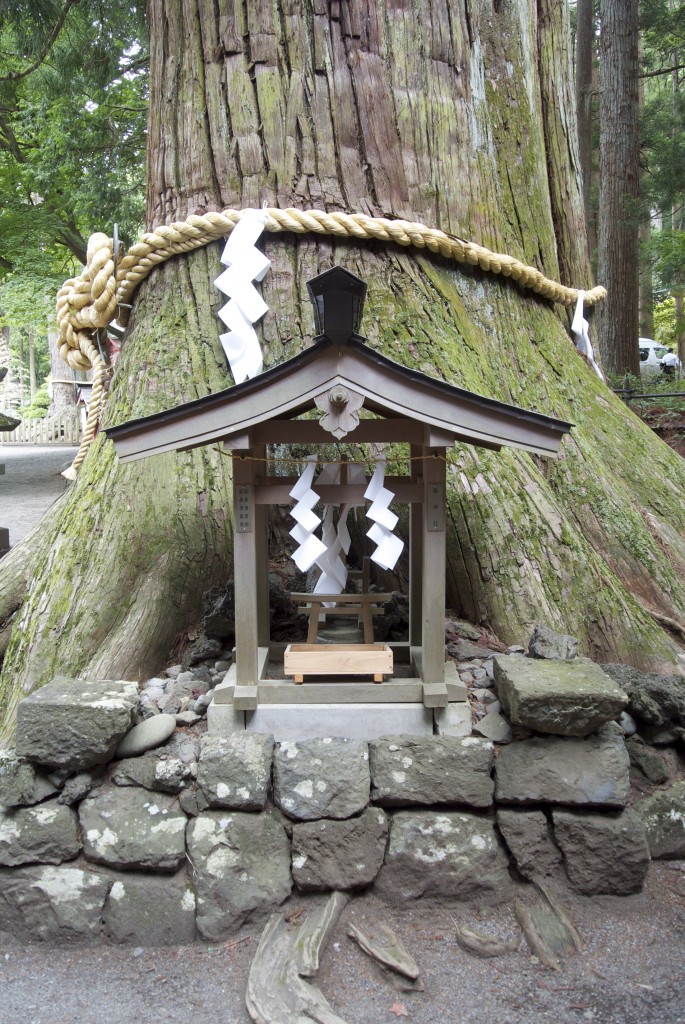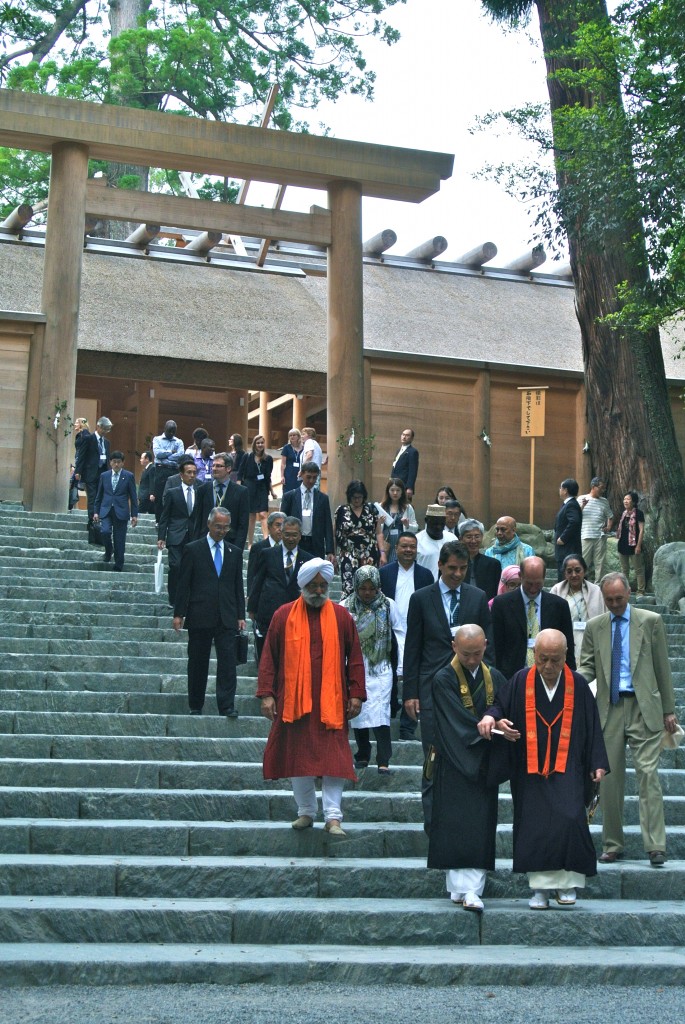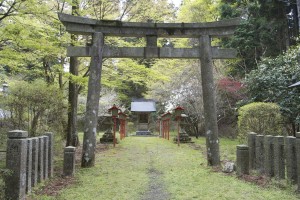
The life-force within trees sacred to both Shinto and Buddhism
I’ve recently received a copy of the doctorate by Aike Rots entitled ‘The Forests of the Gods: Shinto, Nature and the Rediscovery of Sacred Space’. People may recall that he wrote an excellent account of the work he was doing in an earlier Green Shinto posting here.
There is so much material in his thesis that it is going to take me a long time to read, but flipping through it this afternoon brought to my attention an interesting religious scholar called Yamaori Tetsuo (born 1931). He has been a professor at the National Museum of Japanese History, director general of the International Research Center for Japanese Studies. Amongst other works he’s written Nihonjin no reikonkan (The Japanese People’s View of the Soul), Wandering Spirits and Temporary Corpses, and Aiyoku no Seishin-shi (A Spiritual History of Lust).

Yamaori Tetsuo (source unknown)
Yamaori is critical of the politicians and religious authorities who want to restore the post-Meiji arrangements, as in State Shinto. Instead he calls for the return of Shinto-Buddhist syncretism, as was the case in Japan for some 1000 years. One of his arguments is the extent to which Japanese culture is permeated by syncretism. Take Noh for instance, about which he writes….
Noh represents the synthesis of Buddhism and Shinto. If even one of those two elements were removed, the art form wouldn’t have survived. Noh plays have long impressed people because they describe humanity’s relationship with the dead and the world of death.”
Unlike other stage arts, noh audiences are not supposed to applaud at the beginning or during a performance, and sometimes not even at the end. “That’s the way it should be considering its origin. Noh performances were offered to Buddha and Shinto deities, and people were just allowed to observe,” Yamaori said. “You should keep quiet until the last performer leaves the stage. It’s proper to show respect to Buddha and the deities.”
Yamaori’s vision has had practical consequences, and in the piece below Gabi Greve writes of the Association of Buddhist and Shinto Holy Places (Shinbutsu Reijo Kai). (The page from which it comes has other items about syncretic developments: check out http://japanshrinestemples.blogspot.jp/2014/05/shinbutsu-pilgrims.html)
*****************************************
A total of 150 shrines and temples make up ‘Shinbutsu Reijo Kai’ (Association of Buddhist/Shinto Holy Places). The association was inaugurated in March 2008 in response to an appeal made by religious scholar Tetsuo Yamaori and others. Its objective is to bring back to the present age the spiritual climate of the past in which Japanese people respected both ‘kami’ and ‘hotoke‘ (Buddha) in the belief that they all coexisted, and to contribute to the peace of mind of modern people and the stability of society.
Japanese people have been making pilgrimages to shrines and temples since old times. The pilgrimage routes start from Ise Shrine in Mie Prefecture and go through Wakayama, Nara, Osaka, Hyogo and Kyoto prefectures before reaching the final stop at Enryakuji Temple on Mt. Hiei in Shiga Prefecture. The association said it wants each individual to choose the way and route suitable to him or her in making a pilgrimage.
On Sept. 8, about 230 Shinto and Buddhist priests paid a visit to Ise Shrine to mark the start of the pilgrimage. It was the first time that prominent Buddhist figures formally visited the shrine.

The Shingon patriarch leads an interfaith procession down the steps from Naiku, at Ise


Leave a Reply